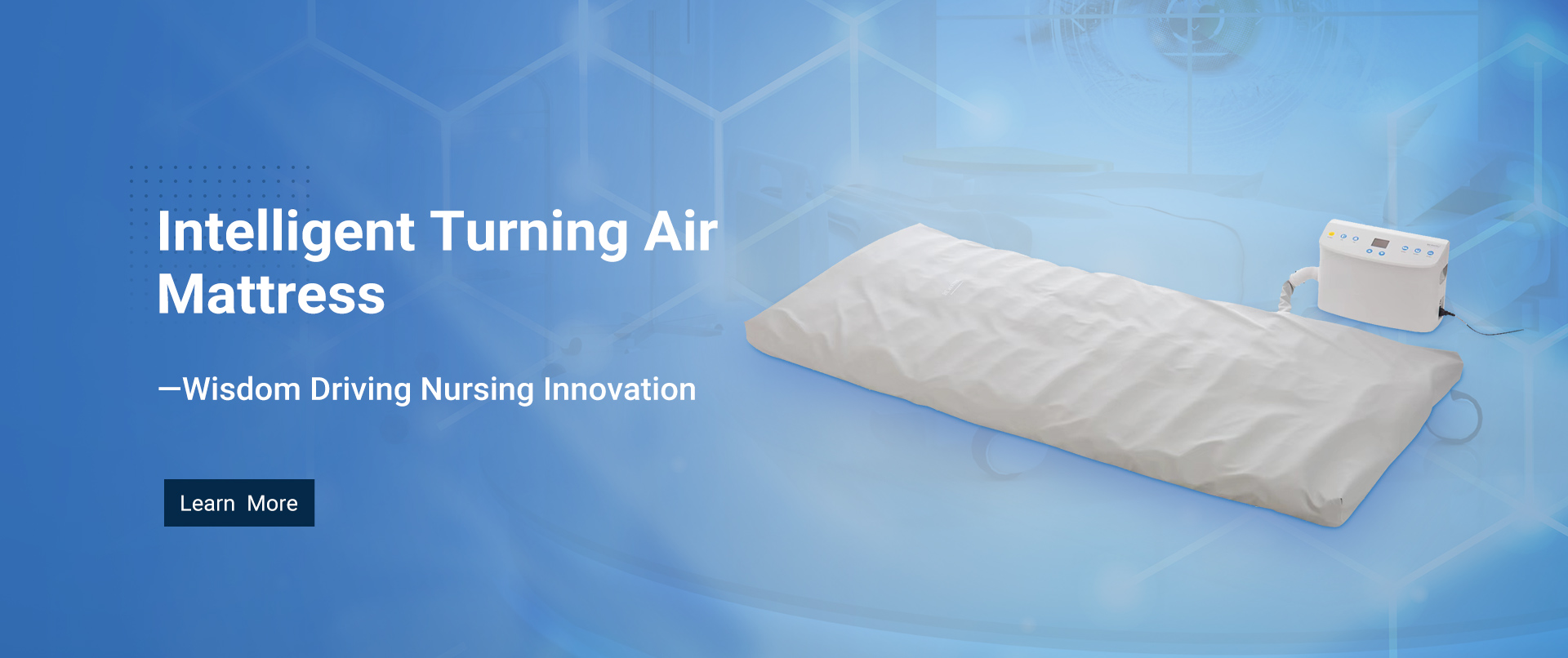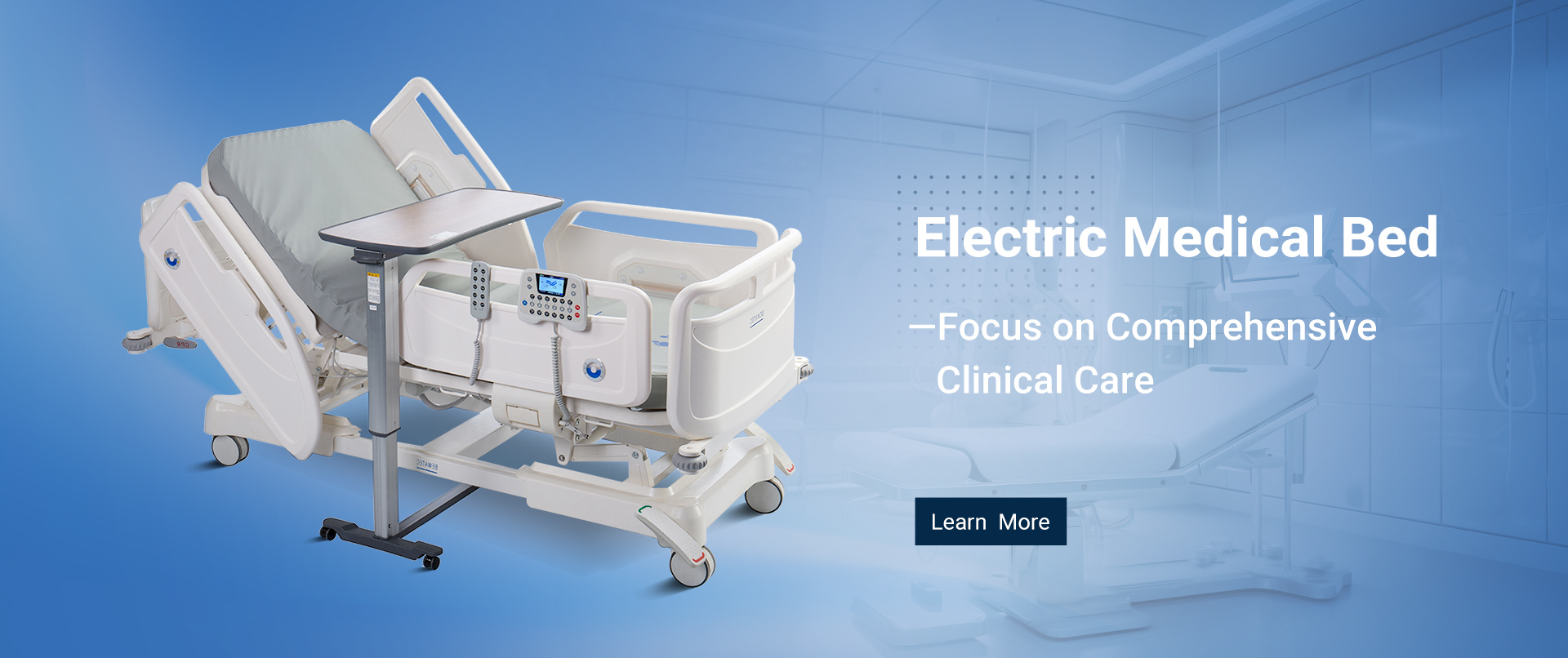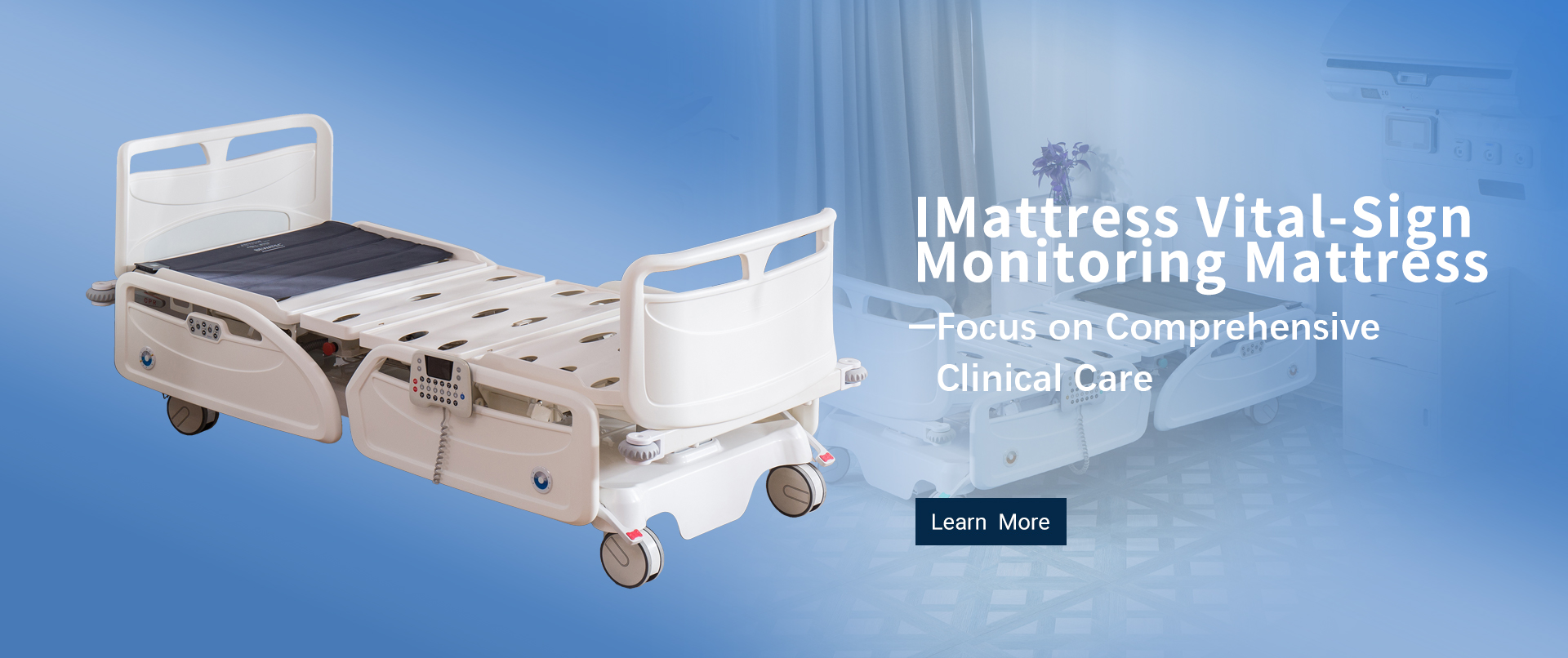Electric medical beds are essential pieces of equipment in healthcare facilities. They provide comfort and support for patients while making it easier for caregivers to perform their duties. However, like any other piece of technology, these beds can sometimes encounter issues that need to be addressed promptly to ensure smooth operation. In this article, we will explore some common problems associated with electric medical beds and provide practical solutions to help you keep your bed running efficiently.
Common Issues and Solutions
1. Electrical Problems
One of the most frequent issues with electric medical beds is related to electrical components. If the bed is not responding to controls or showing signs of malfunction, the first step is to check the power source. Ensure that the bed is properly plugged into a working electrical outlet. Sometimes, a loose connection or a tripped circuit breaker can be the culprit. If the power supply seems fine but the bed still isn’t functioning, the problem might lie with the control unit. These units can sometimes malfunction due to wear and tear or accidental damage. In such cases, it’s advisable to consult the user manual for troubleshooting steps or contact the manufacturer’s customer support for guidance. They may be able to provide specific instructions or arrange for a repair service.
2. Mechanical Failures
Mechanical issues can also arise in electric medical beds. These might include problems with the bed’s frame, joints, or moving parts. For example, if the bed is making unusual noises or not raising and lowering smoothly, it could be due to a lack of lubrication or a damaged component. Regular maintenance is key to preventing such issues. It’s important to follow the manufacturer’s recommendations for cleaning and lubricating the bed. This usually involves using appropriate cleaning solutions to remove dust and debris and applying lubricants to moving parts to ensure smooth operation. If you notice any visible damage to the bed’s frame or components, such as bent metal or broken parts, it’s crucial to stop using the bed immediately and contact a professional for repair. Continuing to use a damaged bed can not only affect its performance but also pose a safety risk to the patient.
3. Mattress and Surface Issues
The mattress on an electric medical bed is an integral part of the overall system. If the mattress is not properly fitted or is damaged, it can lead to discomfort for the patient and potential issues with the bed’s functionality. Ensure that the mattress is correctly sized and securely attached to the bed frame. If you notice any sagging or unevenness in the mattress, it may need to be replaced. Additionally, the surface of the bed should be checked regularly for any signs of wear or damage. This includes inspecting the bed rails and side panels for stability and integrity. Any issues with these components should be addressed promptly to maintain a safe and comfortable environment for the patient.
4. Software and Control System Errors
Modern electric medical beds often come with advanced control systems that allow for various adjustments and features. However, these systems can sometimes experience software glitches or errors. If the bed’s control panel is displaying error messages or not responding as expected, the first step is to refer to the user manual for troubleshooting tips. Many manufacturers provide detailed instructions on how to reset the control system or troubleshoot common software issues. If the problem persists, contacting the manufacturer’s technical support can be very helpful. They may be able to provide remote assistance or guide you through the process of resolving the issue.
Preventive Maintenance Tips
To minimize the occurrence of problems with electric medical beds, it’s important to implement a regular maintenance routine. This should include:
1. Regular Cleaning: Dust and debris can accumulate on the bed and its components, leading to malfunctions. Clean the bed regularly using appropriate cleaning solutions and methods.
2. Lubrication: Ensure that all moving parts are properly lubricated according to the manufacturer’s guidelines. This helps to prevent wear and tear and ensures smooth operation.
3. Inspection: Regularly inspect the bed for any signs of damage, wear, or misalignment. Address any issues promptly to prevent them from escalating.
4. Software Updates: If your electric medical bed has a software component, make sure to keep it up to date. Manufacturers often release updates to improve functionality and fix bugs.
5. Training: Ensure that all caregivers and users are properly trained on how to operate and maintain the bed. This can help to prevent accidental damage and ensure that the bed is used correctly.
Conclusion
Electric medical beds play a vital role in providing comfort and support to patients. By being aware of common issues and taking proactive steps to address them, you can ensure that your bed remains in optimal working condition. Regular maintenance, prompt troubleshooting, and following the manufacturer’s guidelines are key to keeping your electric medical bed running smoothly. If you encounter any problems that you are unable to resolve on your own, don’t hesitate to reach out to professional support. Your attention to these details can make a significant difference in the comfort and safety of the patient.
For more insights and expert advice, visit our website at https://www.bwtehospitalbed.com/ to learn more about our products and solutions.
Post time: Mar-31-2025









